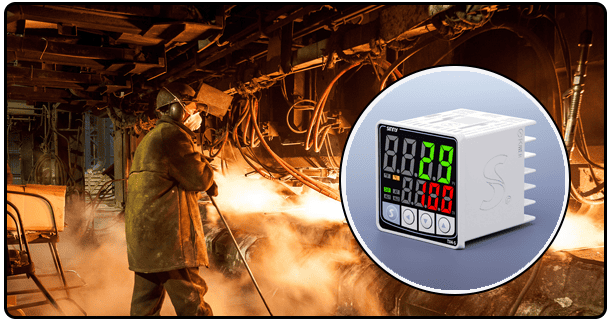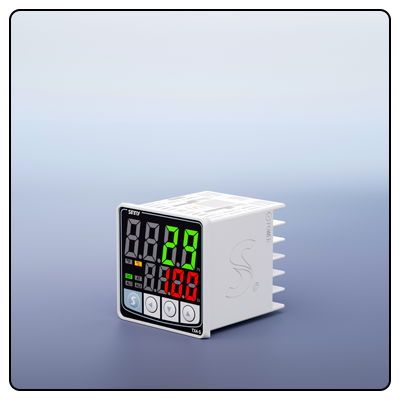How To Set Up A Digital Temperature Controller?
f
Our comprehensive guide outlines the essential steps for setting up a digital temperature controller. Follow this easy step-by-step approach for precise temperature management in any application.
Setting up and maintaining an accurate digital temperature controller requires attention to detail and understanding the device's functions. Whether your controller is for industrial equipment, a home brewing system, an aquarium, or something else, we will take you step-by-step from understanding to testing to maintenance—everything needed!
1. Introduction
Accurate temperature regulation is crucial to many processes, and digital temperature controllers provide precision and programmability to achieve it. They're frequently found in industries, food storage units, and home brewing setups.
Understanding Your Digital Temperature Controller
Before setting up, please familiarize yourself with your digital temperature controller's model and specifications. Various varieties offer simple on/off functions, while others provide PID control with advanced programming options.
2. Preparing for Installation
Could you gather the appropriate tools and equipment before initiating installation? These may include screwdrivers, wire strippers, and the controller's manual. Prioritise safety by turning off power sources as required by manufacturer specifications and taking any specific precautions prescribed in their manuals.
Installation Steps
1. Mounting: Securely mount the controller on a wall or panel near the system it will regulate.
2. Sensor Connection: Connect the temperature sensor to the controller. Place the sensor in an appropriate location where it can accurately measure the system's temperature.
3. Wiring: Connect the power supply to the controller, ensuring proper polarity. Wire the output relays or solid-state relays (SSRs) to the heating or cooling elements as per the wiring diagram in the manual.
3. Configuration and Settings
After setting up, you can configure your controller as follows:
* Set your temperature setpoint according to desired levels.
* To create the optimal system dynamics, adjust PID settings to match your system dynamics.
* Set alarms or safety limits to protect against overheating or undercooling of equipment.
Testing the System
Once installed and configured, test the system before continuing:
* Regularly monitor the controller and system responses to ensure heating or cooling occurs as planned.
* If any problems arise, troubleshoot them by checking sensor placement, wiring, and settings.
4. Maintenance and Monitoring
Regular inspection is critical to long-term reliability: costly outages could ensue in no time!
* Conduct regular inspections on both sensors and wiring to detect any potential malfunction.
* Monitor system performance and make necessary modifications. * Make adjustments as required regarding settings adjustments and tweaking as appropriate.
- What Are The Benefits Of Digital Temperature Controllers?
- How Does A Digital Temperature Controller Work?























